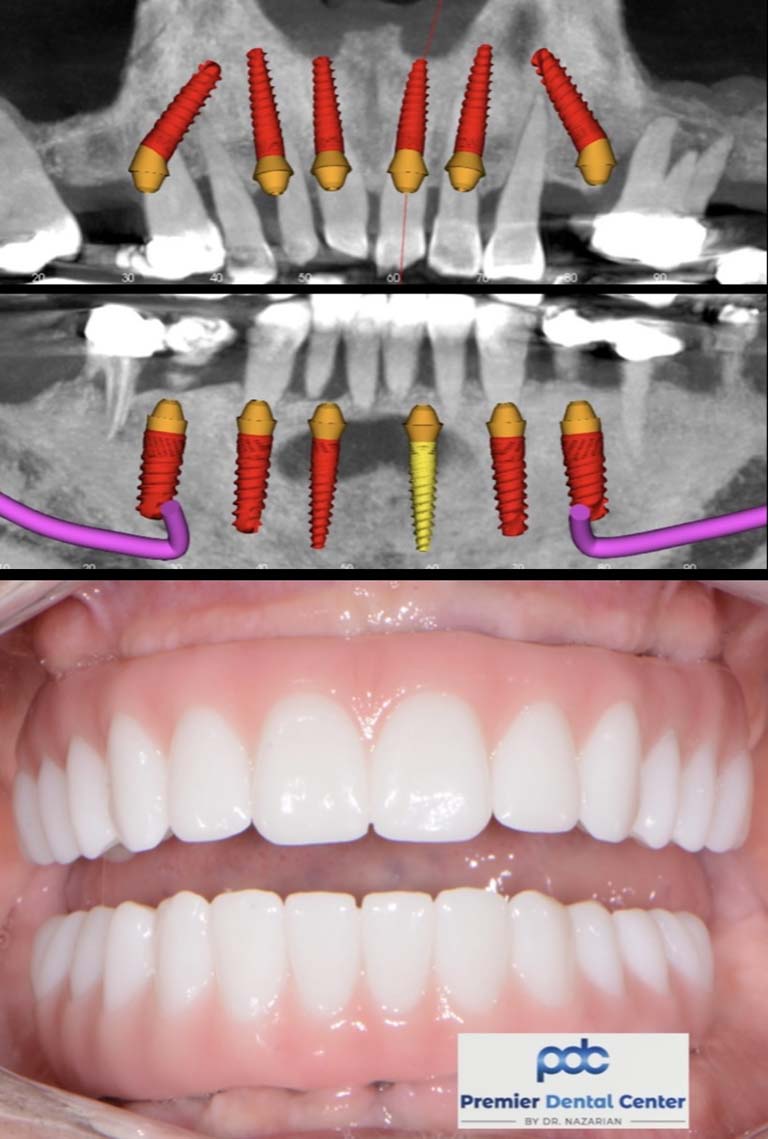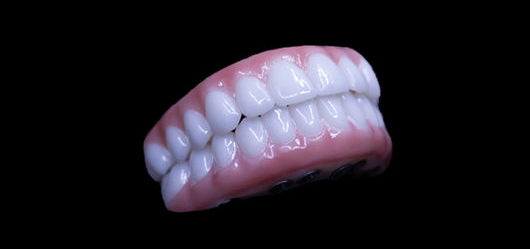The Best Guide To Dental Sense
The Best Guide To Dental Sense
Blog Article
Indicators on Dental Sense You Need To Know
Table of ContentsSome Known Incorrect Statements About Dental Sense The Of Dental SenseSome Ideas on Dental Sense You Should KnowDental Sense - Questions
are clinical tools operatively dental implanted into the jaw to recover an individual's capacity to eat or their look. They provide assistance for man-made (fake) teeth, such as crowns, bridges, or dentures. When a tooth is lost because of injury or illness, a person can experience issues such as rapid bone loss, faulty speech, or modifications to chewing patterns that lead to discomfort.Dental implant systems are composed of a dental implant body and dental implant joint and might also include a joint addiction screw. Cosmetic dentistry services. The dental implant body is surgically put in the jawbone instead of the tooth's origin. The dental implant abutment is generally connected to the dental implant body by the abutment fixation screw and extends with periodontals into the mouth to sustain the attached synthetic teeth
(https://www.goodreads.com/user/show/186244556-matthew-music)Structure of The Dental Implant System picking oral implants, talk with your dental company concerning the potential benefits and threats, and whether you are a prospect for the procedure. Points to take into consideration: Your overall health and wellness is a vital variable in identifying whether you are a great candidate for dental implants, how much time it will require to heal, and the length of time the dental implant might stay in location.
Smoking cigarettes may influence the healing procedure and reduce the lasting success of the implant. The healing procedure for the implant body might take several months or longer, throughout which time you normally have a momentary joint instead of the tooth. the oral implant procedure: Carefully follow the oral hygiene directions offered to you by your oral supplier.
Everything about Dental Sense
Implant failing can cause the demand for one more operation to repair or replace the implant system. Restores the capability to chew Brings back cosmetic appearance Aids maintain the jawbone from reducing because of bone loss Maintains the health and wellness of the bordering bone and periodontals Aids maintain nearby (nearby) teeth stable Enhances top quality of life Damage to surrounding natural teeth throughout implant positioning Injury to the surrounding cells during surgery, such as sinus opening Injury throughout surgery (for instance, fracture of bordering jawbone) Poor feature, such as seeming like the teeth do not attack together generally An experience that the tooth hangs or twisting in position resulting from a joint screw loosening Implant body failure (looseness of the dental implant body) because of systemic infection, which may be most likely in patients with unrestrained diabetes mellitus because of local infection in bone and gums supporting the implant body due to postponed healing, which may be more probable in people who smoke Difficulty cleansing the periodontals around the dental implant, causing poor oral hygiene Without treatment periodontal disease Post-surgical numbness because of nerve impingement or damage Constantly inform health care suppliers and imaging technicians that you have oral implants before any type of magnetic resonance imaging (MRI) or x-ray treatments.
FDA is not conscious of any adverse occasions reported for MRI or x-ray treatments with oral implants. Dental implants systems are normally constructed from products that comply with international consensus standards of the International Organization for Standardization (ISO) or ASTM International. These requirements have details of what makes a secure material.

A dental implant is a framework that changes a missing out on tooth. With screw-like tools, the cosmetic surgeon inserts an implant into the jawbone, and it works as an anchor for a fabricated tooth, called a crown. A tool called an abutment links the fabricated tooth to the oral implant. The crown is custom-made to fit the person's mouth and match the color of their teeth.
Some Known Incorrect Statements About Dental Sense
Some individuals are not qualified for dental implant surgery. It is for oral doctors to run on people with: intense illnessuncontrollable metabolic diseasebone or soft cells condition or infectionIf these problems are fixed, a person can have the surgical procedure. In, dental cosmetic surgeons avoid from operating on individuals with: If individuals with any of the above undergo oral implant surgery, there is a greater threat of the implant falling short.

Oral dental implant surgery is a tailored process. It's not the exact same for everybody. The following gives a general overview of what you can expect your dental professional, oral cosmetic surgeon, periodontist or prosthodontist to do: Put the implant surgically. Give you time to heal. Attach the message and final crown, bridge or denture.
Next, your surgeon will carefully position the oral implant into your jaw. If your implant is near the front of your mouth, your dental practitioner will make a temporary tooth for you to put on until you recover.
The Best Strategy To Use For Dental Sense
During the healing phase, your jawbone must fuse to the oral implant. This process can take anywhere from 3 to 9 months.
As soon as your dental implant heals, your dental practitioner can attach the abutment (tiny connector post) and your final repair (crown, bridge or denture). This typically takes concerning one hour to finish and may need a 2nd small surgical procedure. You should not really feel any discomfort throughout your oral implant procedure because your supplier will certainly use medicine to numb your periodontals.
Report this page